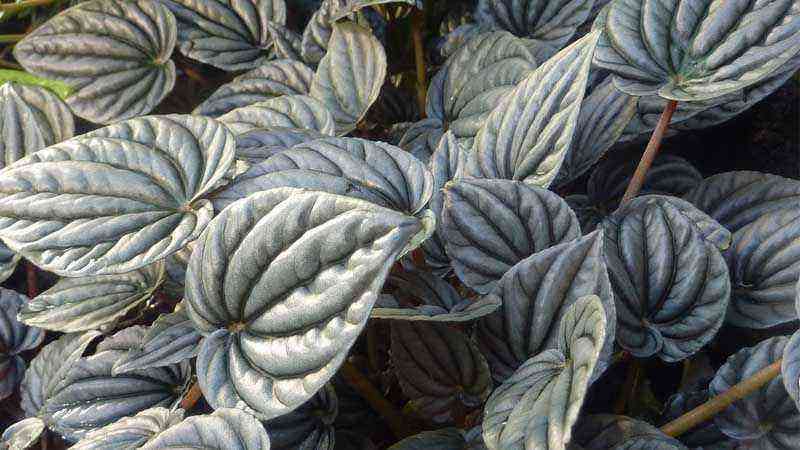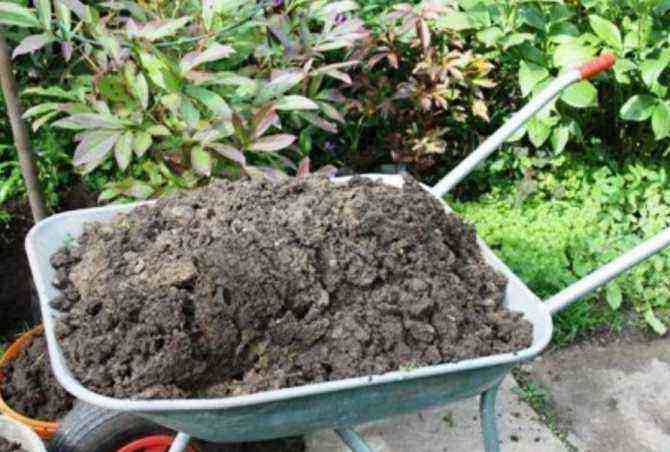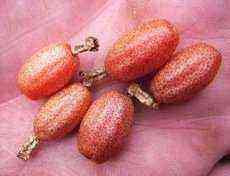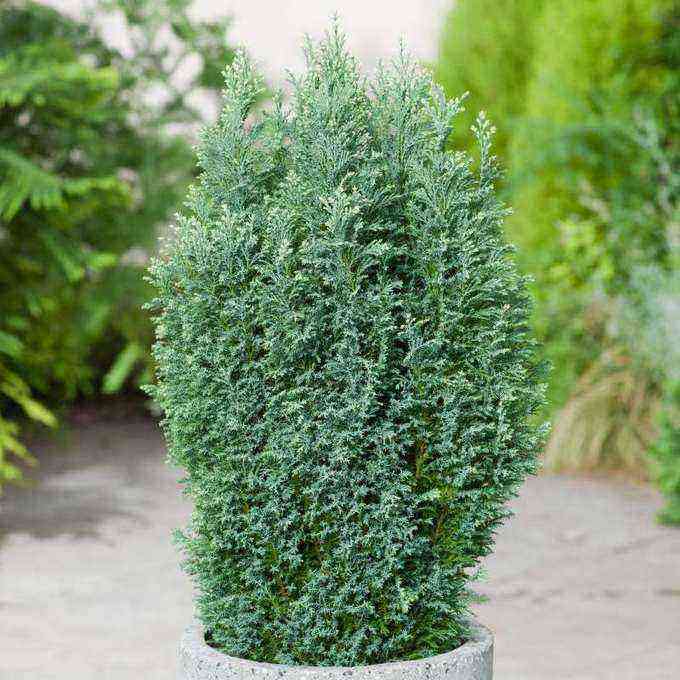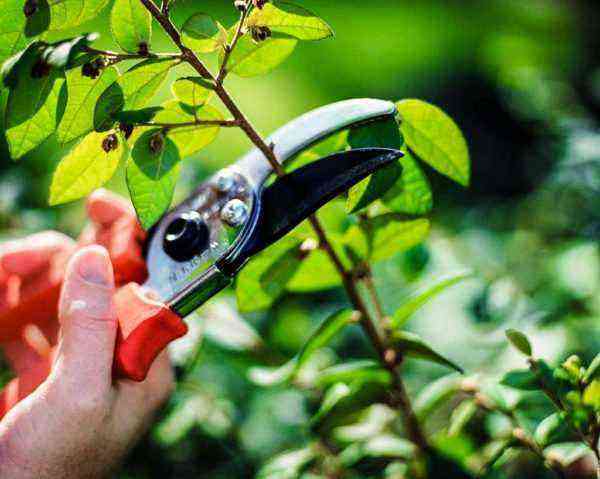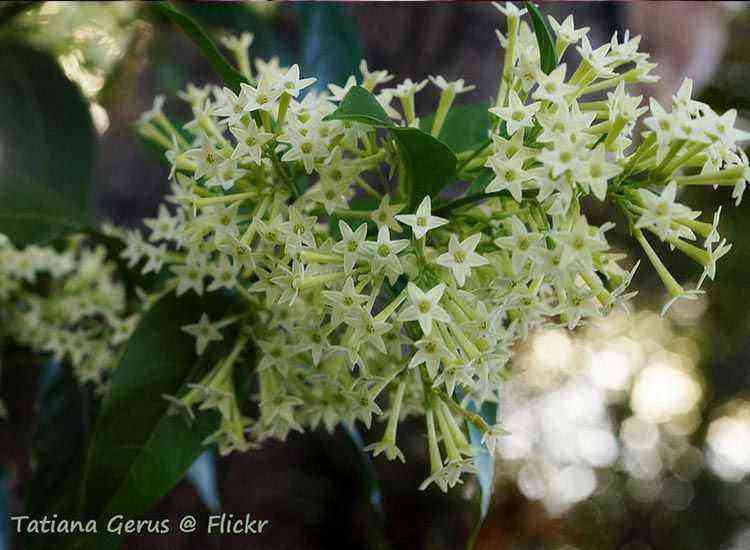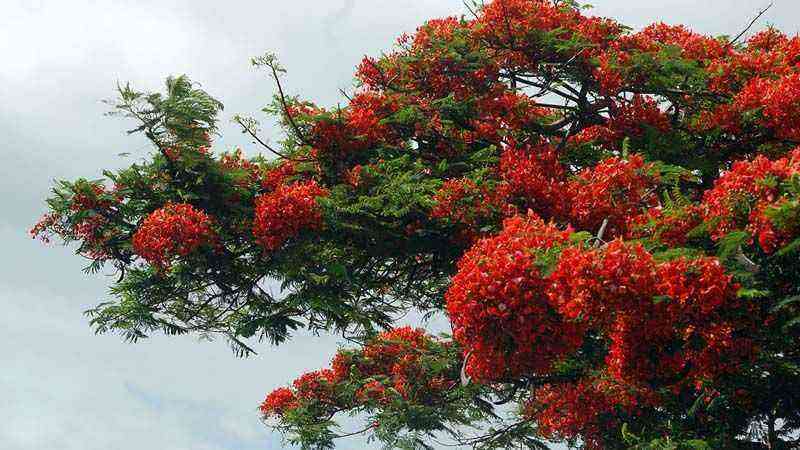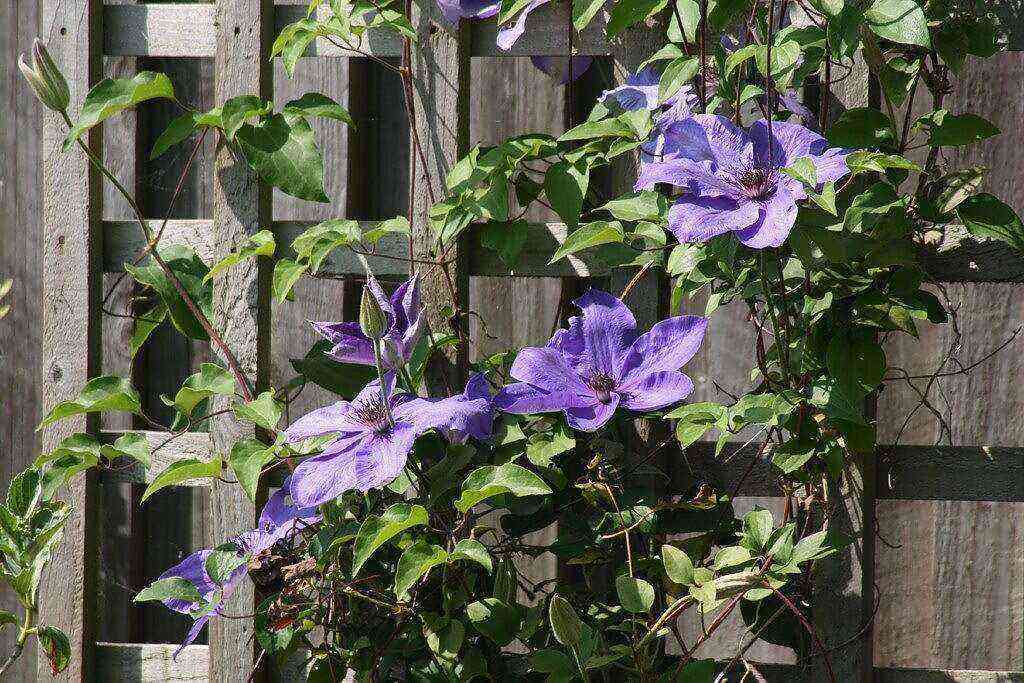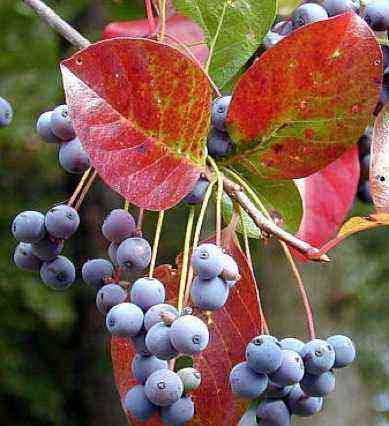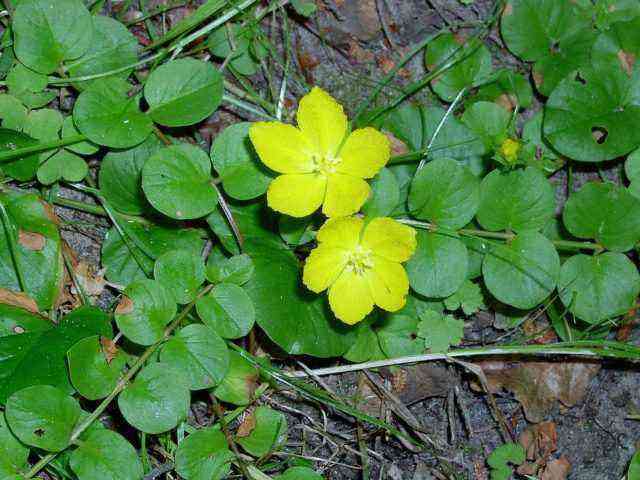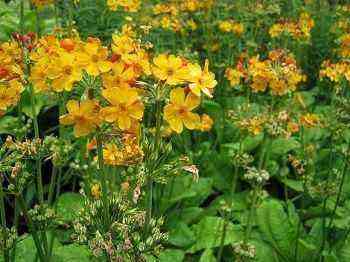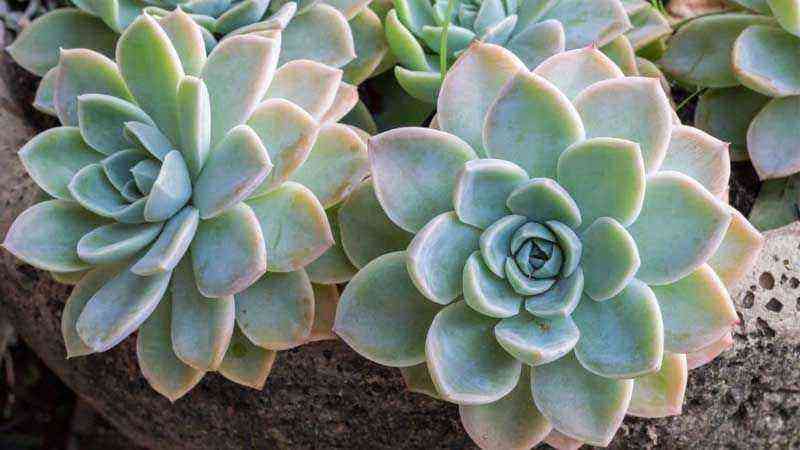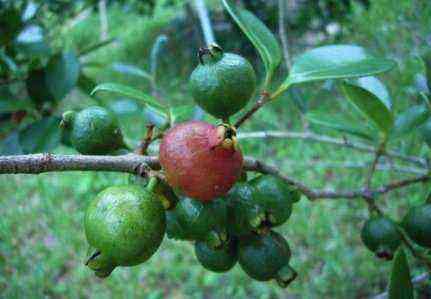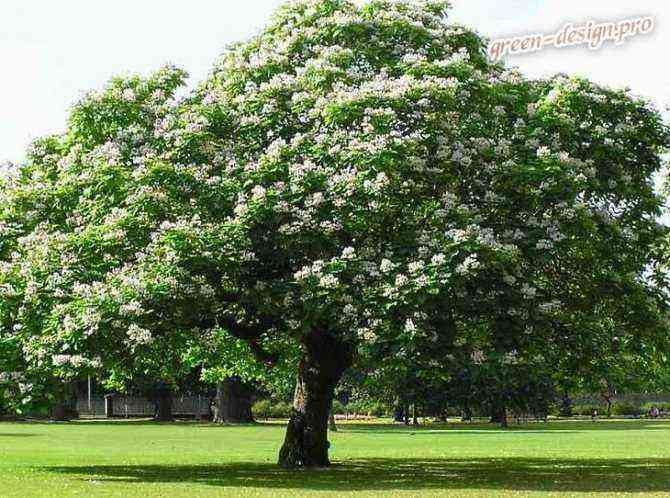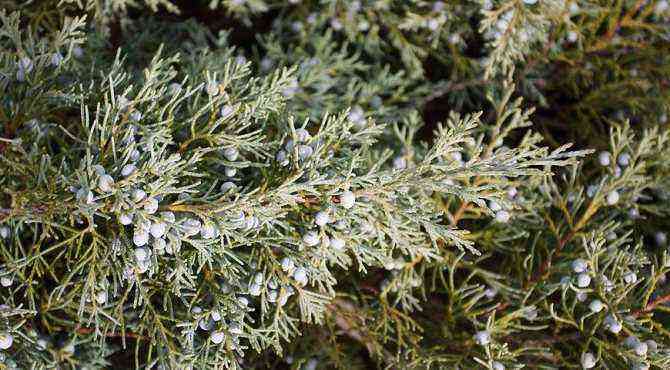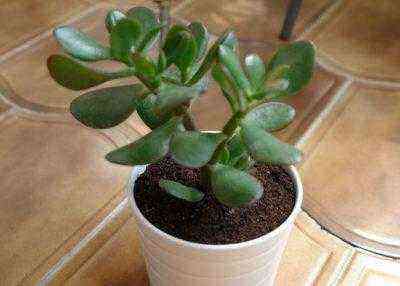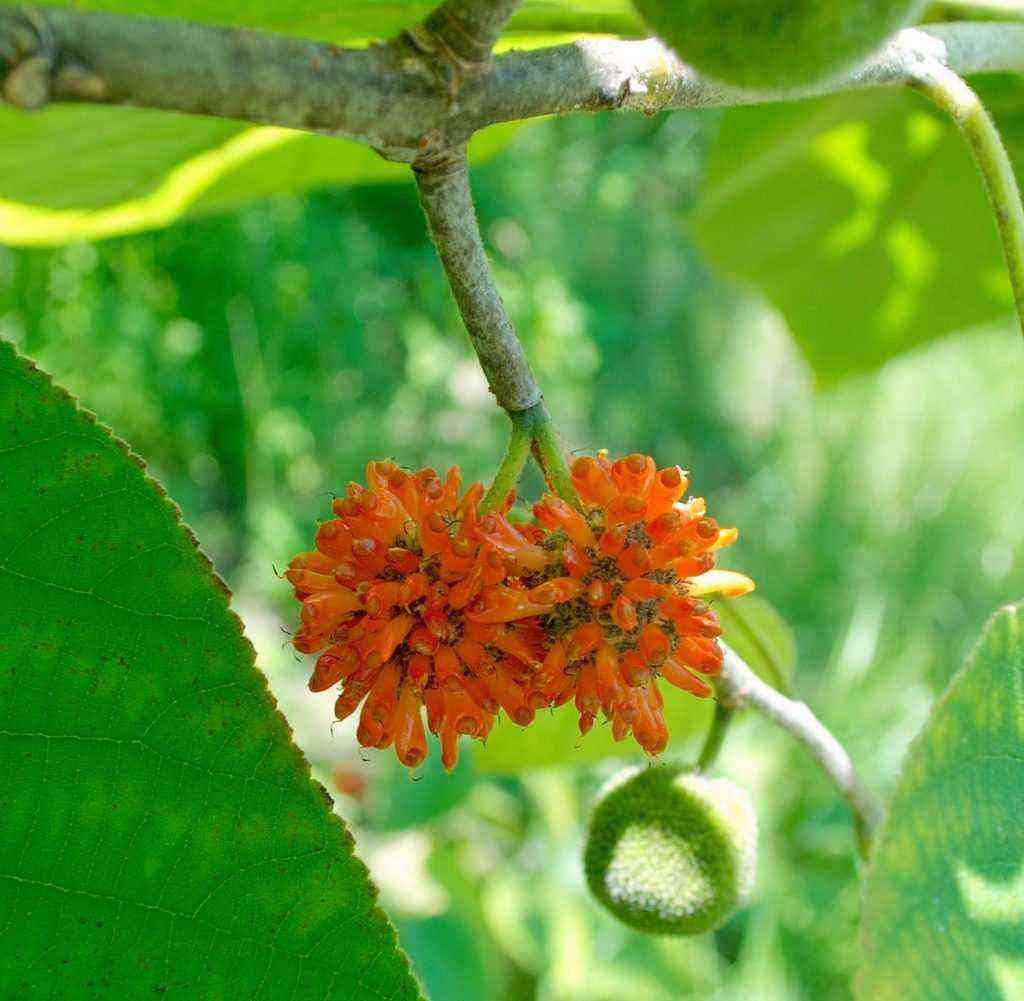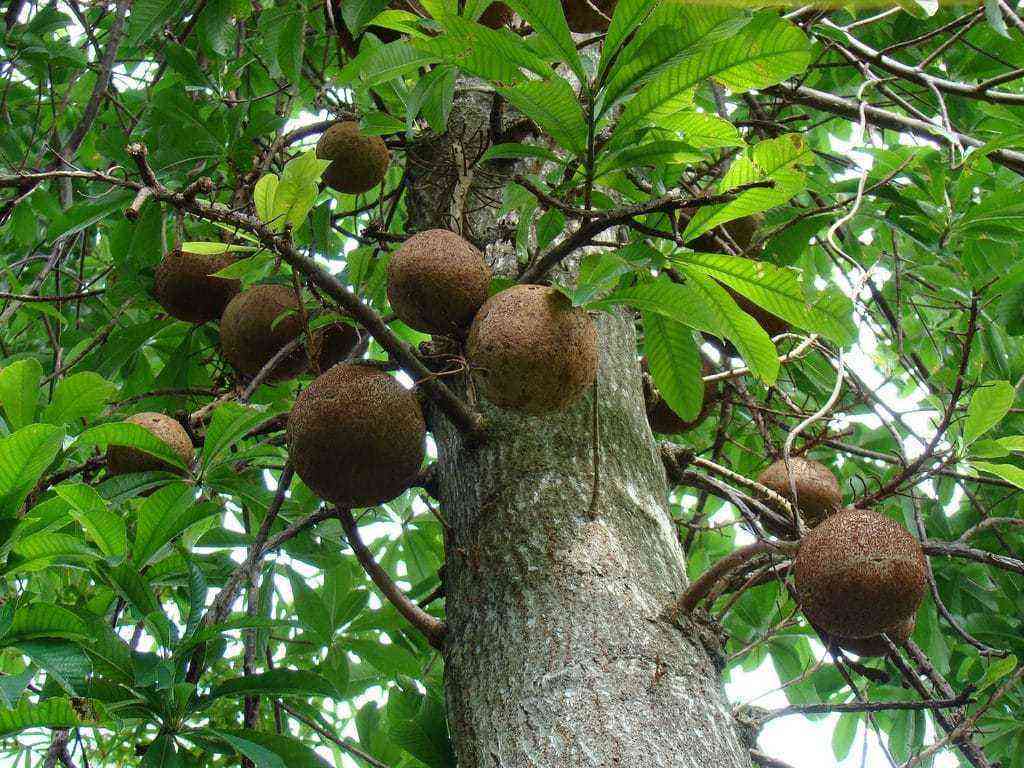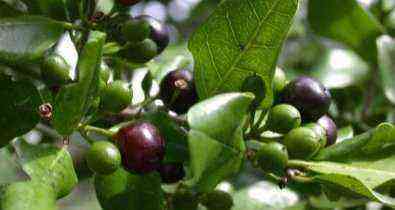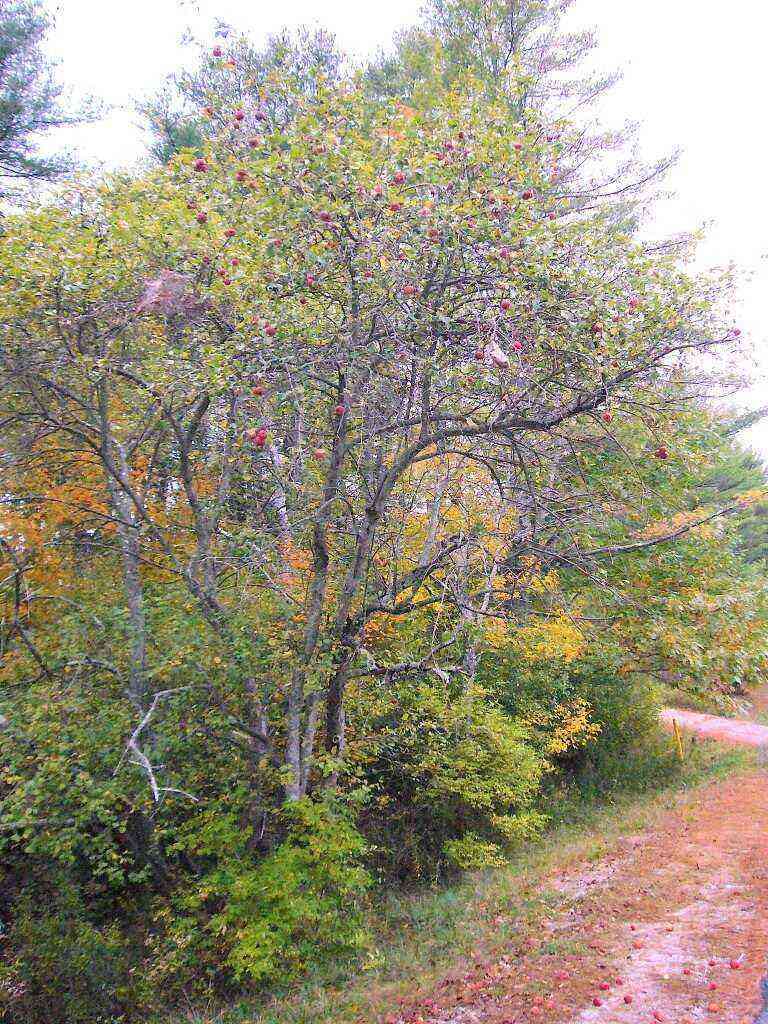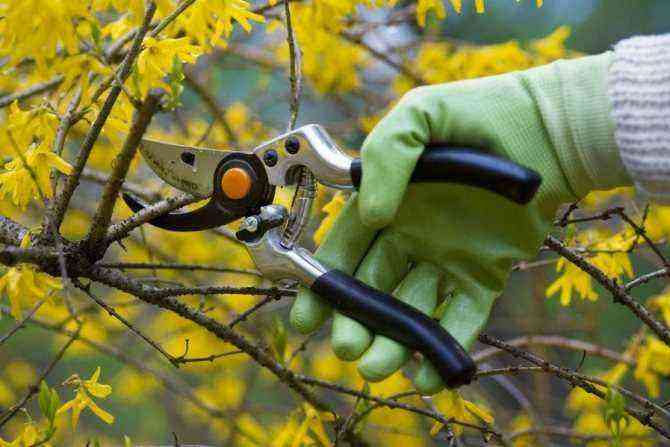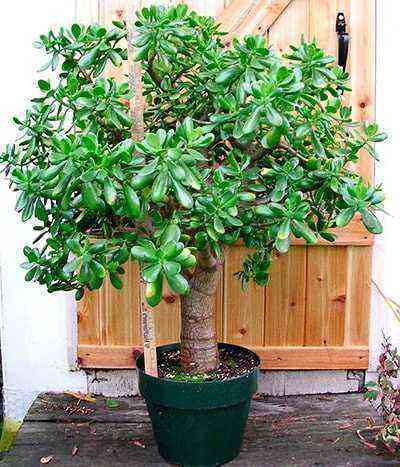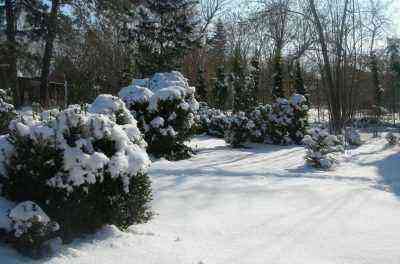

Boxwood (buxus) is a shrub native to southern countries. Despite this, he is able to withstand winter frosts, if suitable conditions are created for his wintering.
Not all types of boxwood are able to withstand winter frosts. The most resistant to winter cold are the varieties Girkansky, Kolkhisky, Evergreen. True, some botanists consider the first two varieties to be a variety of Evergreen boxwood.
In this article, we will analyze whether it is necessary to cover the boxwood for the winter and how to do it correctly.
How to prepare boxwood for winter?
The autumn care of the plant is over, the time has come for frosts, and now you need to protect the boxwood from them. The first stage of preparation to a safe wintering of boxwood is water-charging irrigation.
After all, one of the main problems of wintering any plant is searing frost.
When moisture evaporates from the stems under the influence of frost, they immediately freeze. Therefore, it is so important before the winter cold as it should saturate living boxwood tissues with water.
After watering, according to the rules for caring for boxwood for the winter, the surface must be mulched with peat or rotted needles.
The mulching layer should be 5-8 cm high. Do not sprinkle it to the very base. bush, back off 2-3 centimeters to provide air access to the roots.
Shrub shelter methods

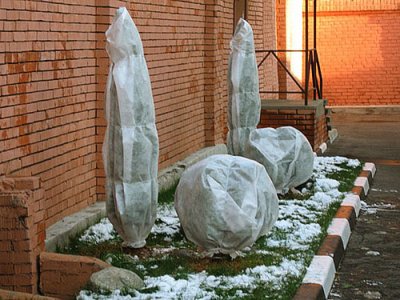
Boxwood easily tolerates winter. But on condition that it is snowy.
The snow serves as a natural shelter and helps the bushes to defend themselves naturally.
An important condition for the safe survival of boxwood in winter is also the correct landing site.
For this purpose, boxwood is planted in the shade, under large plants, or next to buildings in the northeast and northwest of them.
The essence of this is that in open areas boxwood during the thaw, warmed by the sun, may start to grow at unfavorable times… Foliage that wakes up at the wrong time will certainly suffer at the first frost. Therefore, it is necessary to cover the boxwood for the winter.
Shelter boxwood for the winter consists of the following:
- Garter bushes.
It is necessary for standard plants. First, you need to build a support for the bush, especially if the bush is tall enough. If this is not done, then it can break under the weight of the snow. The base of the bush is tied to the support with a rope.
Plants in the hedge are neatly tied with rope in groups.
Shelter.
To protect them from frost, a layer of covering material is thrown onto the bushes, and if severe frosts are predicted, several layers are necessary.
Covering material can be directly wrapped around bushes. But if possible, it is more expedient to build frames. You can make them from wire, placed crosswise over the bush. Cover this frame with material and fix it at the bottom with a heavy load or sprinkle it with earth.
The frame must be made of durable materialsso as not to bend under the weight of the snow and not crush the bush. For tall specimens, it is possible to use U-shaped fittings installed crosswise over the bush.
Before the onset of persistent frost one edge of the material must be liftedso that air can flow to the bushes.
It is possible to finally fix all the material only when the temperature is set at minus 10 degrees… If you do this earlier, then during thaws, the bushes can support.
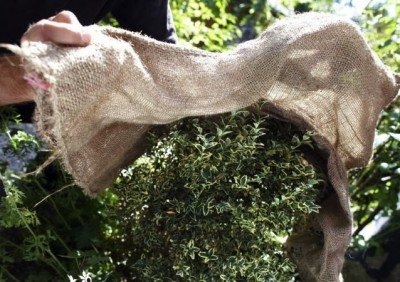

For boxwood used as hedges, it is more convenient to build shelters from spruce branches. The branches are tied in several pieces and they are surrounded by curbs in the form of a hut.
When enough snow falls out, throw it onto the shelter of spruce branches. This will create an air cushion and keep warm and moisture inside the bushes.
If boxwood bushes grow on your property next to roses, you can make a common frame shelter for them.
For air access under the shelter in several layers, tuck under the material piece of flexible pipe… Fold the protruding end up and fix it at a low height.
Air will flow through such a ventilation hole, and frost will not penetrate.
You can visually familiarize yourself with the preparation of boxwood for winter in this video:
Remove protection
We figured out how to cover the boxwood for the winter, but what to do next?
With the onset of warm spring days, most gardeners rush to immediately free the plants from shelters. Shouldn’t rush doing so. Opening the boxwood before the snow has completely melted and the ground warms up even a little, it can harm the shrub.
Leaves and stems under the spring sun will begin to actively evaporate moisture, and the roots at this time still cannot work properly. As a result, the aboveground part will dry out, and the plant may die.
It is necessary to accustom the shrub to the sun gradually. It is necessary to open it for the first time on a cloudy day. So that the bright sun does not burn the foliage. In the first week, if the bright sun is shining, covering material is thrown onto the bushes during the day.
Only when the boxwood gradually gets used to it and the main snow cover melts, can the ropes that fix the branches be untied.
Pests and diseases
Although boxwood is a poisonous plant, some pests pose a danger to it. This could be:
- fly-galitsa – it destroys the crown of the tree, the foliage turns yellow, falls off. dries;
- mealybug – it is fertile, covers the entire bush with a white bloom, appears with yellowed or swollen foliage.
To get rid of parasites, insecticides are used. Spraying with their help is carried out every 10 days.
The plant is also susceptible to diseases, among which the most common are:
- cancer – if a disease is detected, the affected areas should be removed, capturing healthy areas. If the plant is completely damaged, it remains to dig it up and burn it until the disease spreads to other seedlings;
- shoot necrosis – damaged branches are cut off, often treated with a fungicide.
Boxwood in Siberia is found quite often only because it is one of the few specially bred varieties of decorative trees from the Boxwood family. An evergreen shrub is popular in central Siberia. Buxus is chosen for its unpretentiousness to growing conditions, quick adaptation to climate change. At any age, boxwood emphasizes the aesthetics and style of the garden, because it remains healthy and rarely gets sick throughout its life period.
Features of caring for boxwood in autumn
Despite the fact that the homeland of boxwood is the southern countries, this evergreen shrub has perfectly adapted to the difficult climatic conditions of central Russia. Not all types of plants are able to withstand winter and cold, therefore such varieties as evergreen, Colchis and Hyrcanian are planted in our country. Preparations for the period of cold and frosty weather should begin in the fall.
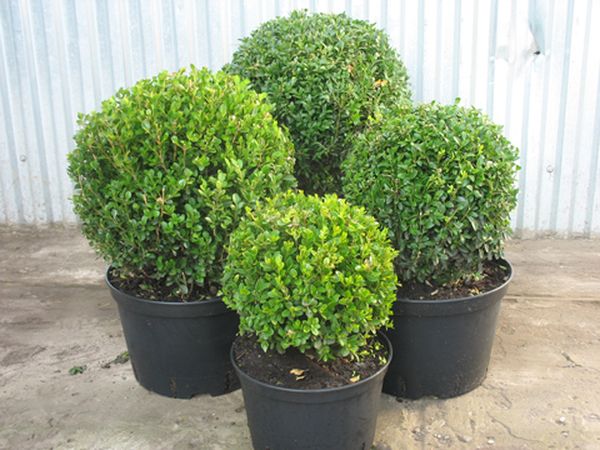
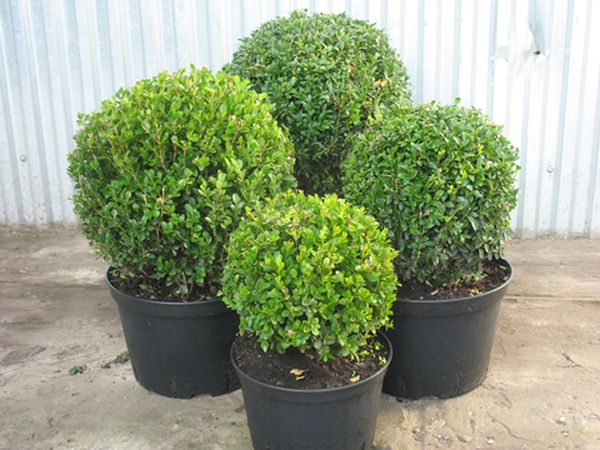
Irrigation mode
The main goal of caring for boxwood in the fall is to prepare it for cold and frosty conditions. Drying frost can completely dry out the ground under the bush and thereby destroy it. Therefore, the most important point of autumn care is water-charging watering. The main thing is not to overdo it and not flood the plant until the roots rot. Water the boxwood at the rate of one bucket of water per 1 m of the plant. Watering begins in early November. Moisture must be poured into the trunk circle, and after watering, be sure to loosen the soil and remove weeds.
Mulching
After the earthen lump around the boxwood is sufficiently saturated with moisture, the soil surface in the near-trunk zone must be mulched. Rotted pine needles or peat can be used as mulch. You can also use dry foliage, but this option has some nuances: with a prolonged thaw, the leaves may begin to rot. Also, pest larvae and fungal spores can hide in the leaves. You can also use chopped pine bark, in a layer of no more than 7 cm. You need to add mulch at a distance of several centimeters from the base of the bush.
Trimming
Autumn pruning is another essential maintenance component. The end of October or the beginning of November is the most favorable period for the procedure. Both growth periods have already ended, and the frost has not yet arrived. Young shoots are cut off, which with the onset of spring will begin to actively start up young shoots. Depending on the length of the branch, 2-3 cm is removed. If you want the bush to become more lush and branchy, you need to cut the boxwood to 3 buds. Otherwise, the branches are cut to 2 buds.
Pruning boxwood
The beginning of plant pruning depends entirely on the climatic conditions. So, in mild climates, pruning of ornamental shrubs can be carried out already in April, in more severe climatic conditions – around the beginning of May. It is also worth considering the growth of boxwood, which does not grow too quickly. Therefore, trimming or ordinary trimming should be extremely neat. New growths are cut off and the crown is adjusted, older branches can only be touched if the plant has become shapeless or you just want to update it.
Video “How to properly care for boxwood”
This video will show you how to care for boxwood in your garden.
Materials and methods for sheltering boxwood
To hide the shrub, you need to use nonwovens, burlap or gauze. They provide air access to the plant and perfectly protect it from exposure to sunlight. Gauze is applied in several layers. Nonwovens are not suitable for covering shrubs due to their very poor air permeability. And during the thaw, the plant simply stifles under it.
Spruce branches can be used if the hedge is too large and dense. If you plan to secure the material to a simple wooden structure, then you will need lightweight but strong wooden slats, a hacksaw, a hammer, and fastening parts. Snow and shade are excellent hiding places for box trees. Therefore, the best place for shrubs will be the growth area of large large trees.
They cover the shrub for the winter as follows:
- A bush is tied up. A support is built for the plant, which can withstand the weight of the bush under the snow. It can be built from wood, strong thick wire or reinforcement. Next, the base of the plant is tied to the support with a rope.
- Insulate the plant. To do this, it is necessary to throw covering material on the tied bush. If a harsh winter is ahead, the shelter is made of several layers. Before the onset of stable severe frosts, the shelter in one place needs to be slightly raised so that the air has access to the bushes. Cover the bush completely at temperatures below 10 ° C. Keep in mind that you cannot cover the shrub with plastic.
When to remove protection
You should not rush to remove the shelter. In order not to freeze and dry the shrub under the burning spring rays of the sun, you must wait until the snow completely melts and the earth warms up. With a hasty removal of the protection, the upper part can dry out until the time when the root system begins to function as usual.
To adapt boxwood to the sun, you need to open the shrub gradually: first on cloudy days, then for several hours on sunny days. Only after a period of adaptation can the ropes and frame be removed.
To prepare boxwood for winter, like other plants, you need to gradually, taking into account all the nuances. Only then will your bush look great after wintering.
Features of caring for boxwood in autumn and preparing for winter
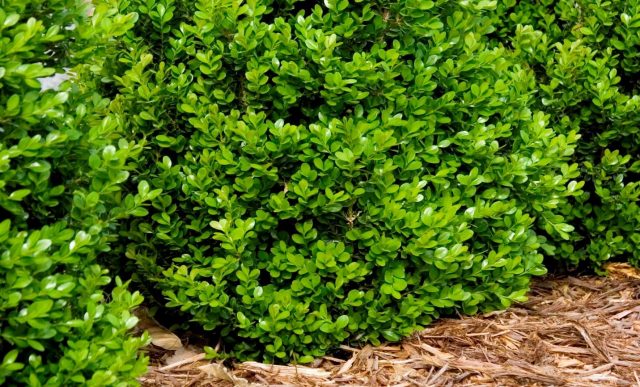

While boxwood is not a whimsical crop in the summertime, the fall months account for a fairly large amount of work associated with this plant. After all, it will depend on high-quality care in the fall whether boxwood can quickly recover from winter with the arrival of warmth. When growing this plant on your site, it is worth remembering several important points:
- Boxwood leaves contain toxic compounds that can cause chemical burns. Therefore, it is necessary to take care of the plant with rubber gloves, a gown and a face mask, which must be washed along with garden tools after each use.
- All grooming procedures, including pruning, watering and mulching, should be carried out before the frosty days.
- Since boxwood is very sensitive to the sun and begins to actively sprout at the slightest warming, it is worth planting it in the shade of large plants or near buildings on the northeast and northwest side.
- In the spring, the shelter from the bush is not removed immediately. First, the trunk circle is slightly opened at the very base of the plant, then after 7 to 10 days the protective layer is removed from the top of the boxwood. Snow and leaves are removed from the trunk circle so that the soil warms up faster.
Landing
For planting boxwood in a permanent place, choose a space closed from the wind, protected from waterlogging and covered from direct sunlight. The soil should be:
- nutritious;
- drained;
- not sour.
If necessary, liming is carried out, this increases the pH level, and compost is added to the sandy soil.
If it is not possible to choose a place on the site, there is no need to be sad. You can make your own soil and grow boxwood in a tub.
The plant is planted in a permanent place in the spring, in this case, by the end of autumn it will be well developed and can easily survive the winter cold.
First, planting holes are prepared, the size of which is 3-3, 5 times the root system of the plant. They are drained with vermiculite or agroperlite.
The seedling is taken out together with a lump of earth, placed in a hole, sprinkled with earth from peat, humus and dry humus. The soil is watered abundantly, the roots of the buxus are covered completely so that the root collar is at ground level, the ground is tamped.
With quality care bushes take root within a month, they need weekly watering. Then the number of waterings is reduced.
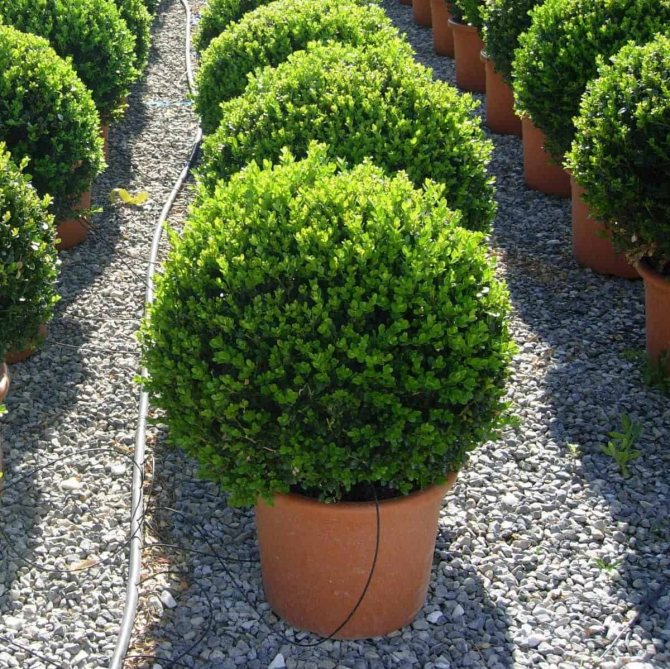
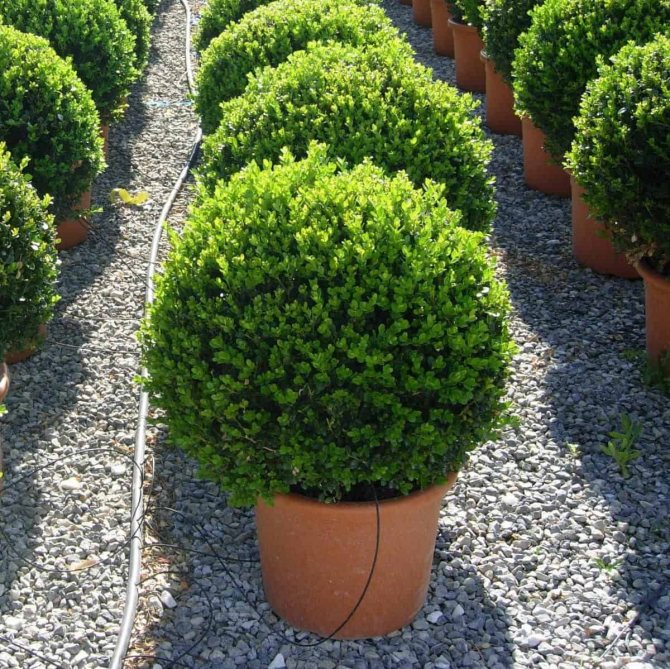
Boxwood care in autumn
Caring for a plant in the fall is not too burdensome, but requires sufficient attention and time. As in the summer, it comes down to watering, feeding, mulching and pruning. Nevertheless, each of these procedures has its own nuances, following which will facilitate the wintering of the boxwood and help maintain the health of the bush.
Watering and feeding
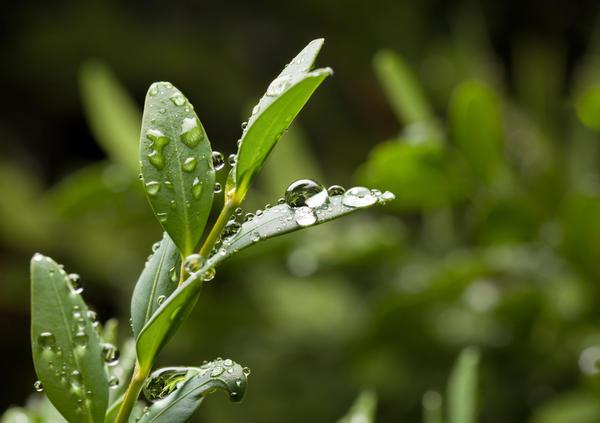

To recharge the plant with energy for the coming winter months, abundant watering will help. It is necessary for the boxwood to nourish its cells with the liquid that it will need in a snowless winter with drying frosts and strong winds. In such conditions, the bush rapidly evaporates water, and its initial lack will lead to freezing of the boxwood and its death. Therefore, 1 – 2 weeks before the onset of frost, the plant should be generously watered with settled water at room temperature. For watering, it is better to choose a dry sunny day, and the procedure itself should be carried out in the morning hours or 3 to 4 hours before dusk, so as not to provoke the development of fungal diseases in boxwood.
As for fertilizing, potash and phosphorus fertilizers will also saturate the plant in the best way possible before the winter months and accelerate the growth of green mass in the spring. However, it is worth feeding the boxwood for the last time in the season no later than mid-September, otherwise, instead of falling into a state of dormancy, the culture will start up new shoots. The best time for final feeding is considered the end of August, and in warm regions – the first days of September.
Mulching
When caring for boxwood, the importance of mulching should not be underestimated. Correctly carried out action can, no less, save the bush from freezing on harsh winter days, as well as from flooding during the melting of snow, since mulch provides optimal water and heat exchange in the roots of the plant. As a rule, boxwood is mulched 2 – 3 days after water-charging irrigation. Peat, rotted needles or crushed pine bark are often used as mulch. A layer of mulching material is made 5 – 10 cm thick, while at the base of the plant a free space with a diameter of 2 – 3 cm is left.
Trimming
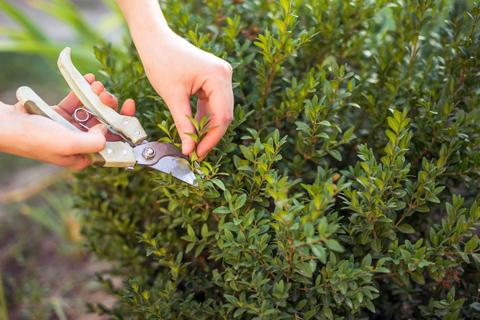
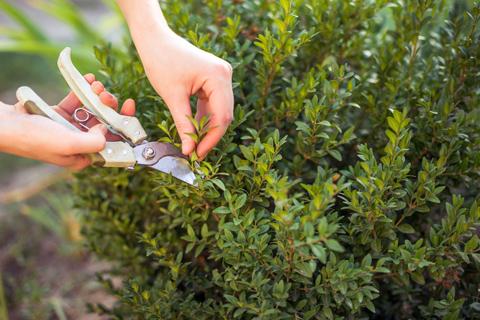
Pruning is considered an important procedure in caring for boxwood. In summer, the plant is pruned mainly to maintain the decorative appearance of the bush at intervals of once every 1 to 2 months. Podzimny pruning, which is carried out at the end of October before frost, has other purposes. It is aimed at stimulating the growth of young shoots of boxwood during the spring growing season. As a rule, during this procedure, damaged and old branches are completely disposed of, and the remaining branches are shortened by 1,5 – 2 cm. Moreover, only bushes older than 2 years need pruning. Younger specimens with a less developed root system will be too weakened after the procedure and may not recover from cold weather.
Protection against diseases and pests
Since poisonous substances are present in the foliage of the plant, this makes the crop very resistant to a variety of pests and diseases. However, there are also such insects that attack the boxwood, despite its protective functions.
For example, the boxwood fly, which feeds on the pulp of leaves, gnawing tunnels in them, is distinguished not only by its gluttony, but also by its resistance to low temperatures. The larvae of this parasite successfully survive the winter and devour the plant with a vengeance in spring.
Boxwood felt no less harm to boxwood, eating its branches and leaves. In addition, he, like the fly, is not afraid of the cold, so he can suddenly remind of himself during the growing season of the plant in the spring, when, it would seem, the plant got rid of this misfortune.
With both pests, insecticide treatment of the bush, carried out at the end of April – May, will cope. In the fall, you can also take certain actions to combat them: for example, the timely removal of injured branches and leaves and their burning. Whitewashing of tall plants will also help from the encroachment of parasites.
Reproduction of boxwood on the site
The propagation of an evergreen, perennial ornamental bush occurs in autumn and summer cuttings. According to statistics, about 90% of cuttings are rooted, which is a pretty good result. The term of cuttings must be determined by the state of the shoots. They become woody closer to mid-July. Autumn cuttings are prepared in early September. For planting, there will be a cutting with two or three internodes, that is, about 7-10 cm in length. It will be necessary to remove all the lower leaves from it, leaving only the upper two on the handle. Next, the cuttings are planted in a prepared, loosened substrate of garden soil and peat, in a ratio of 1: 1. It is advisable to cover young seedlings with plastic wrap or glass jars. Now only moderate watering will be needed, perhaps every other day.
Cuttings will take root in 20-25 days, and by autumn they will already be small bushes with neat leaves. At this point, they can be transplanted to the desired location. It happens that some cuttings do not have time to get stronger and they simply cannot winter in this state. These seedlings can be taken home for the winter, and in the spring, when the young plants get stronger, they can be identified in open ground.
Preparing boxwood for winter
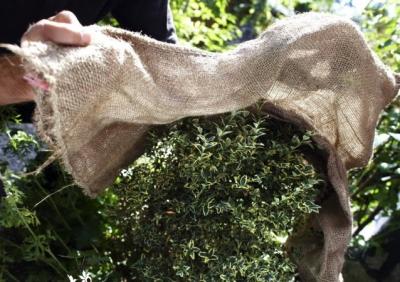
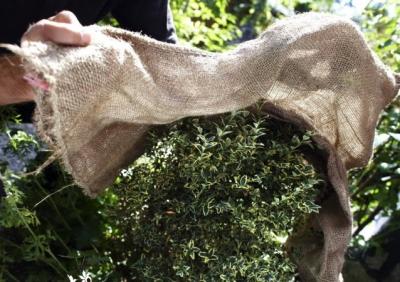
When preparing a plant for winter, it is necessary to take into account the frost resistance of the boxwood and, if necessary, think about whether it is worth building a shelter for it.
Winter hardiness of boxwood
This plant is quite capable of withstanding short-term cold snaps, however, at stable low temperatures below -10 ° C, it begins to freeze. Long-term frosts can completely destroy the bush, if no additional measures are taken. However, some varieties of boxwood are more frost-resistant than others. So, hardy plant varieties include:
- “Blue Heinz”;
- «Handsworthiensis»;
- «Herrenhausen»;
- «Buxus Sempervirens».
Do I need to cover boxwood for the winter
The decision on whether to cover a plant for the winter or not should be made based on the characteristics of the region in which the boxwood grows. In the southern regions, bushes up to 1 m high also winter well under snow, but in colder regions, including in the middle lane, care must be taken to protect the plant. This is necessary not only to prevent freezing, but also in order to hide the culture from the sun during thaws, since even a small amount of light can awaken box trees from hibernation and start the processes of photosynthesis in foliage. Due to the frozen soil, food will not be able to flow fully, and the plant will die very quickly.
How to cover boxwood for the winter

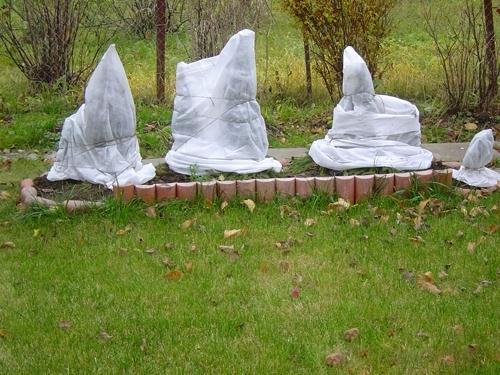
The construction of a winter shelter plays a key role in preparing the plant for the cold weather. To properly insulate boxwood for the winter, the following recommendations may come in handy:
- The bushes should be covered after the outside temperature reaches a stable -10 ° C and the risk of possible warming has passed, otherwise the bush will vanish under the protective material.
- Standard plants and low-growing bushes are pre-tied up, attached to the support with a rope so that they do not break off under the weight of the snow.
- Short bushes do not need a garter if wooden boxes with ventilation holes are to be used for shelter.
- Instead of tying up plants up to 1 m in height, wire frames can be built over them. Such structures are covered with a protective layer, which is fixed at the ground with a load.
- Tall varieties are covered with burlap, tightly wrapped around the bush. In some cases, they use two U-shaped structures installed crosswise over the plant.
- The boxwood, which is part of the hedge, is neatly tied with rope, dividing the plants into groups of several. Additionally, you can overlay the trunks with spruce branches tied in bunches.
- In case boxwood bushes grow side by side with roses, it is possible to make a common frame shelter.
- The fabric should be breathable and dark in color. Light-colored material is not suitable, as it attracts heat, which can cause the plant to dry out.
- For the same reason, plastic wrap should not be used for covering.
Where to place boxwood
Boxwood is a rather interesting plant, which, according to the observations of professionals, is not very whimsical, but can become very sick or even die. This is the problem of many evergreens … It is this factor that makes you listen to the advice of professional gardeners, who correctly suggest where to plant boxwood and how to grow it, creating the most optimal conditions for this. The plant feels great in semi-shady and shady places, tolerates summer heat well, but is extremely sensitive to spring winds and the sun.
When choosing a place for planting boxwood, attention should be paid not only to the illumination of the zones, but also to the soil itself. The plant, although undemanding to the soil, feels much better on loose and fertilized ground. If the soil is poor, then the boxwood will grow small, but will give a dense foliage.



